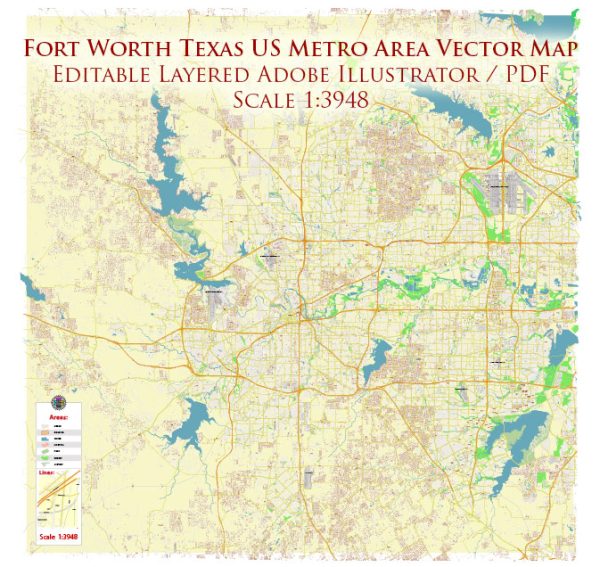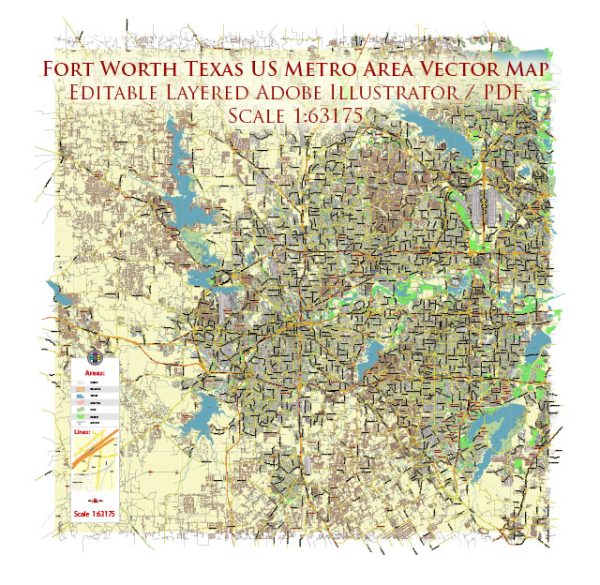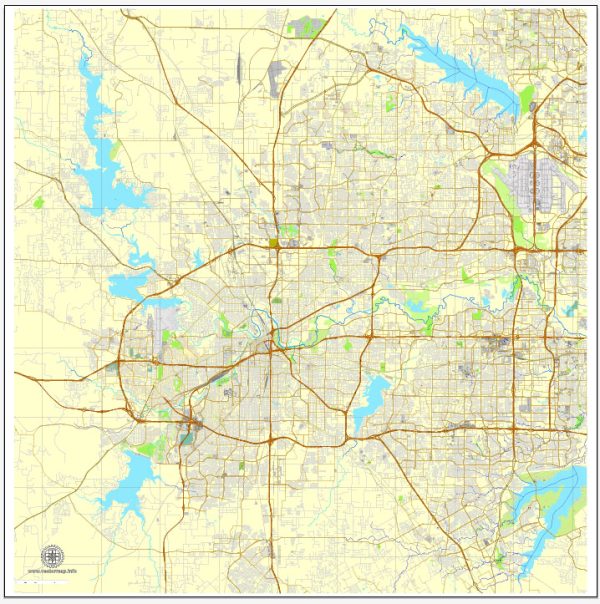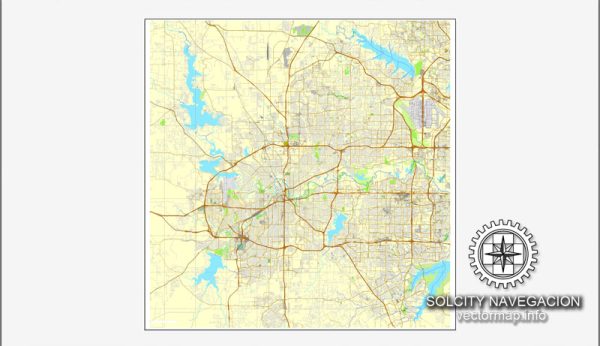Fort Worth, Texas, in the United States, boasts a rich architectural heritage that reflects its history and cultural diversity. The city’s architecture encompasses a wide range of styles and eras, making it a fascinating place for architectural enthusiasts and historians. Here’s a description of some key architectural aspects of Fort Worth:
- Historic Western Heritage: Fort Worth has a strong connection to its Western heritage, and this is evident in its architecture. You can find many buildings and structures that evoke the spirit of the Old West, such as the Stockyards Historic District, which features late 19th-century brick buildings, wooden storefronts, and vintage neon signs. The district’s Cowtown Coliseum and Livestock Exchange Building are iconic examples of this period.
- Art Deco Influence: The Art Deco architectural style was popular during the early 20th century, and Fort Worth has some excellent examples of this design. The Will Rogers Memorial Center, built in the 1930s, is a prime example of Art Deco architecture, featuring intricate geometric patterns and sleek lines.
- Modern Skyscrapers: Fort Worth’s downtown area boasts a mix of modern skyscrapers and contemporary designs. The City Center, including the Burnett Plaza and the Fort Worth Tower, showcases glass and steel structures that contribute to the city’s modern skyline.
- Cultural Institutions: The city is home to a number of impressive cultural institutions, many of which exhibit diverse architectural styles. For instance, the Kimbell Art Museum, designed by renowned architect Louis Kahn, is celebrated for its modernist and minimalist design, featuring vaulted concrete ceilings and natural light. The Modern Art Museum of Fort Worth, designed by Tadao Ando, is another masterpiece of contemporary architecture with its serene and elegant spaces.
- Victorian and Queen Anne Styles: In the city’s older neighborhoods, you can find Victorian and Queen Anne-style homes, often characterized by ornate detailing, colorful exteriors, and decorative wooden elements. These historic residential neighborhoods give Fort Worth a unique charm.
- Revitalized Urban Areas: Fort Worth has undergone revitalization efforts in various neighborhoods, leading to a blend of historic and modern architecture. Areas like the Near Southside and West 7th Street have seen a resurgence with trendy restaurants, shops, and residential developments, offering a mix of architectural styles.
- The Fort Worth Water Gardens: Designed by architect Philip Johnson, the Fort Worth Water Gardens is a remarkable architectural and urban space. It features a series of concrete terraces and pools, offering an oasis of calm in the heart of the city.
Fort Worth’s architectural landscape is a reflection of its dynamic history and its commitment to preserving its heritage while embracing modernity. Whether you’re interested in Old West charm, Art Deco elegance, or contemporary designs, you can find a diverse range of architectural experiences in this Texan city.





 Author: Kirill Shrayber, Ph.D.
Author: Kirill Shrayber, Ph.D.